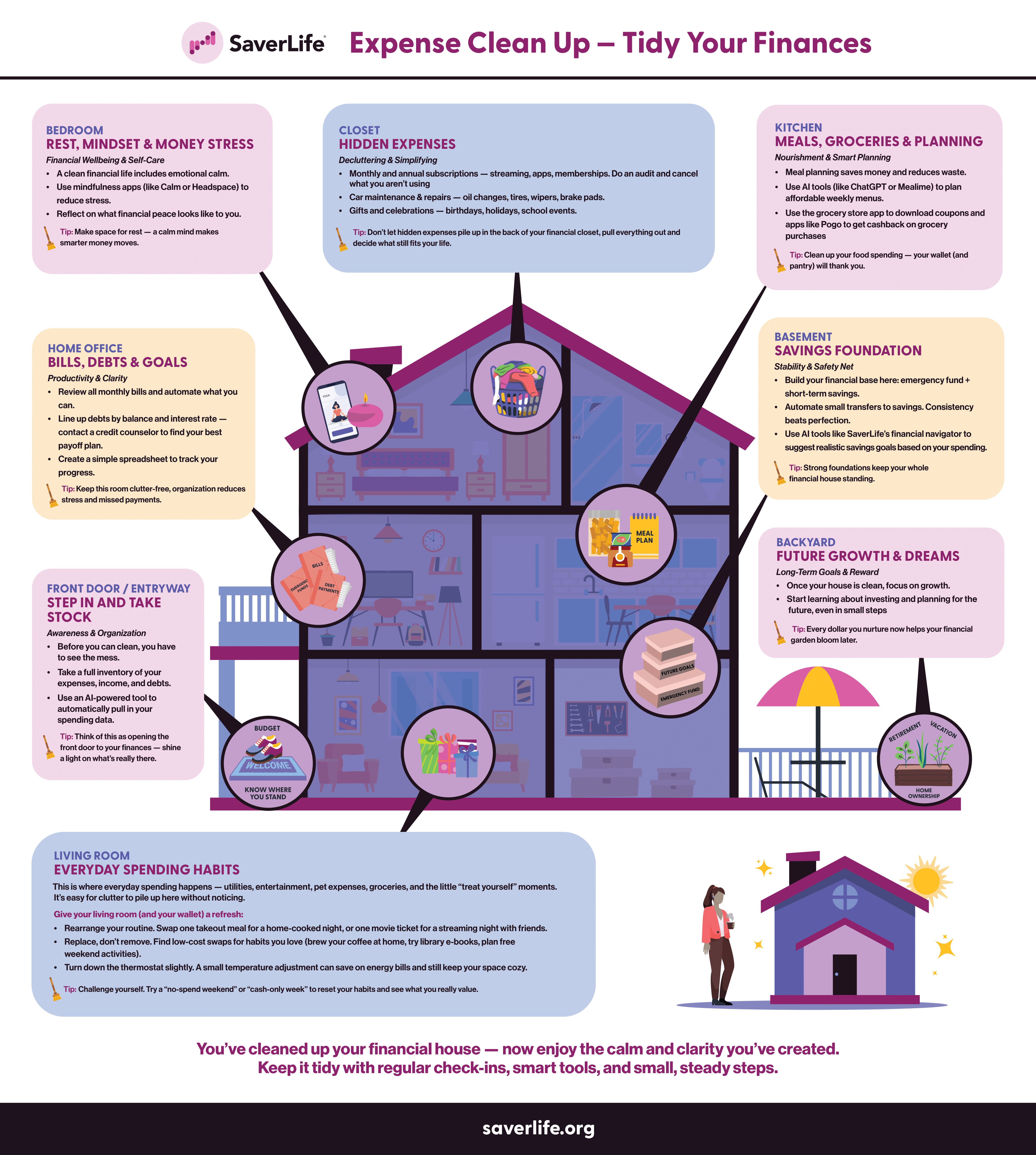
Mindfulness. Intentionality. Focus. Centering.
We often hear these words as tools to help us zoom in on what really matters, be aware of what is going on, and bring some calm to our perspective.
Did you know these words can also apply to making a spending plan (budget) and the choices it involves? Because the money we earn and spend is limited, we must choose how best to spend it. This is where intentional spending is so helpful.
Intentional spending is a call to be purposeful (mindful, intentional, focused) when spending. While some see a spending plan or budget as restrictive, it’s actually a helpful tool to guide your money choices to achieve both what you need and what you want.
Three Keys of Intentional Spending
1. Prioritize needs/“must-haves” over wants/“nice-to-haves”
The must-haves in life come first. These include things like food, housing, clothing, and transportation. Insurance for your health, as well as insurance for your car and home to protect you from big losses, are also a must-have. Setting aside money for the future is also key.
You should pay these must-have expenses first because they’re the most important for your well-being. They also support your ability to work, which is vital for keeping the money flowing into your spending plan.
Be mindful, however, of how needs can turn into wants. For example, transportation is a need, but it can be met in many ways. Perhaps you “must have” a car, and a $15,000 car will serve that need. However, if you choose a $40,000 car for a $15,000 need, you’ve turned a must-have into a nice-to-have.
2. Focus on the wants that you REALLY want
After your must-haves are met, focus on your specific and unique wants next. Maybe there’s a new restaurant to try, or your favorite band is coming to town. Perhaps a special birthday is coming up, or you want to attend an out-of-town cousin’s wedding.
Purposely plan for these in advance and prioritize them in your mind and budget. Then, when you’re tempted by a nice-to-have that’s not what you REALLY want, it’ll be easier to skip the impulse purchase.
3. Center your spending around what you value and what has the most value to you
There’s an old saying that says, “Show me someone’s checkbook, I’ll show you what they value.” (Checkbook, I know. I said it was an OLD saying.) The point is still relevant today.
Where and how we spend our money should reflect what we value. If we value independence, we should be funding our needs first and also saving for our future needs. If we value giving, the environment, sustainability, healthy eating, etc., that will show up in our spending. So, while you’re looking at your needs and what you REALLY want, take some time to see how your spending aligns with what you value.
Intentional spending encourages us to pay attention and to direct our funds to our priority needs, the “wants” that we REALLY want and value most. It’s a perspective and a savings tool worth trying out.


